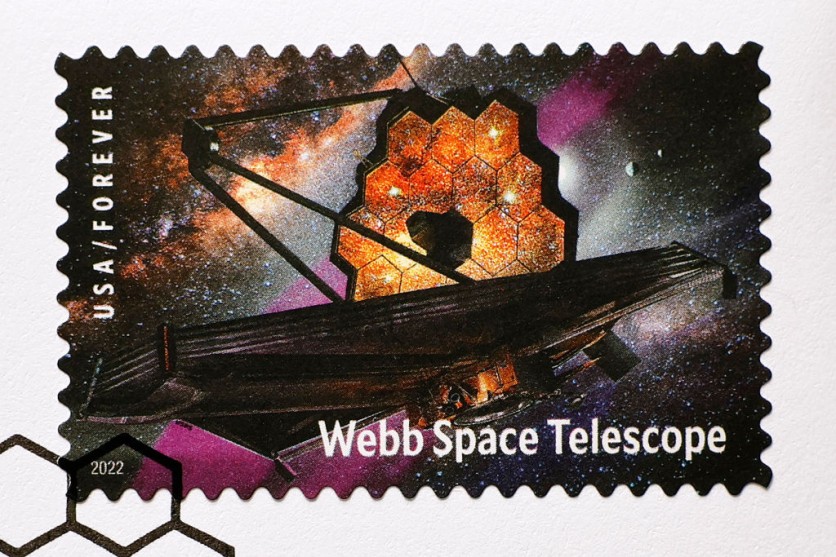The 21-foot -wide golden mirror of the James Webb Space Telescope (Webb or JWST), which has yet to celebrate its launch anniversary, has been struck by 14 dust-sized micrometeoroids in recent months, as reported first by Space.com.
Although the observatory's view is still breathtaking and largely undamaged, mission personnel have chosen to change the telescope's operations to avoid directly confronting areas known as "micrometeoroid avoidance zones."

Micrometeoroid Strikes
According to Mike Menzel, Webb's lead mission systems engineer at NASA's Goddard Space Flight Center in Greenbelt, the telescope has received 14 detectable micrometeoroid strikes on its primary mirror and is experiencing one to two each month on average.
"One of these was higher than our expectations and prelaunch models; however, even after this event our current optical performance is still twice as good as our requirements," Menzel said in a statement.
Hence, NASA assembled a working group of optics and micrometeoroid specialists from the NASA Goddard Webb team, the telescope's mirror manufacturer, the Space Telescope Science Institute, and the NASA Meteoroid Environment Office at the Marshall Space Flight Center, to ensure all components of the observatory continue to operate at their peak levels.
The team came to the conclusion that the higher-energy impact seen in May was a statistical anomaly due to its high energy and the fact that it struck a particularly vulnerable area of Webb's primary mirror.
They have also determined that future observations would be scheduled to face away from what is now termed the "micrometeoroid avoidance zone" in order to reduce future impacts of this scale.
Prolonging Webb's Optical Performance
According to Lee Feinberg, manager of the Webb optical telescope element at NASA's Goddard Space Flight Center, micrometeoroids hurling toward the mirror have four times the kinetic energy and twice the relative velocity so straying away from this direction will help prolong Webb's optical performance.
Webb is orbiting a region known as a Lagrange point, where gravitational pulls balance out to form "parking spots" that spacecraft can use to cut down on the fuel and maneuvers required to maintain their position, as per Space.com.
On the side of our planet that faces away from the sun, over 1 million miles (1.5 million kilometers) away from Earth, lies the Lagrange point of the space telescope.
The telescope will try to keep its mirror out of these zones when conducting observations starting next summer when Webb begins its second year of science operations.
The Webb team will plan such observations for a different season when the threat from micrometeoroids in the required direction is reduced.
According to NASA officials, the adjustment won't hinder science but will make scheduling the observatory more challenging.
Related Article : NASA's James Webb Space Telescope Reveals Never-Before-Seen Details of the Early Universe
This article is owned by Tech Times
Written by Jace Dela Cruz
ⓒ 2025 TECHTIMES.com All rights reserved. Do not reproduce without permission.




